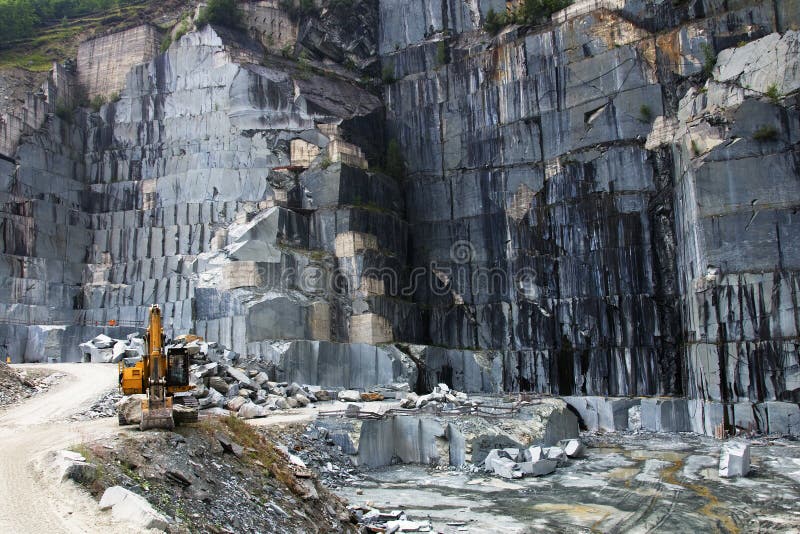Travelling Through Granite Quarries in South Africa: A Visual Odyssey
Unearthing the Rich Background and Sustainable Practices of Granite Quarrying
As we depend on the precipice of uncovering the intricate tapestry of granite quarrying, a journey via time reveals not just the physical act of removing stone but also the social and historic relevance woven right into the really fabric of this practice. From the ancient beginnings that laid the foundation for modern quarrying techniques to the sustainable techniques that are forming the future of this sector, each sculpt mark on granite surfaces informs a tale waiting to be unearthed (granite quarries in south africa). The legacy of granite quarrying stretches much past simple removal; it is a testimony to human ingenuity, strength, and the enduring appeal of this marvelous rock
Old Origins of Granite Quarrying
Going back to ancient civilizations, the technique of quarrying granite has been an important part of human background and architectural innovation. The earliest evidence of granite quarrying go back to ancient Egypt, where substantial pyramids and intricate sculptures were crafted from this sturdy rock. The Egyptians utilized primitive devices to remove granite blocks from quarries, showcasing the importance of this material in their huge buildings.
Progressing in background, the Greeks additionally made significant payments to the quarrying of granite. The Greeks utilized granite in various building marvels, such as holy places and statuaries, showing their skill in shaping and sculpting this durable stone. The Romans further refined the methods of quarrying granite, using innovative devices like chisels and hammers to remove and shape granite for their famous structures.
With the centuries, the practice of quarrying granite has developed, with contemporary technologies boosting effectiveness while preserving the classic charm of this all-natural rock - granite quarries in south africa. From ancient civilizations to contemporary building contractors, the tradition of granite quarrying continues to shape our world
Advancement of Quarrying Methods
The evolution of quarrying methods has actually been noted by a continual development towards higher performance and accuracy in drawing out granite. Early quarrying strategies included manual labor with basic tools such as chisels, hammers, and wedges to draw out granite blocks from the planet.
Developments in computer-controlled tools and 3D modeling have actually enhanced quarrying operations, leading to minimal environmental impact and boosted sustainability techniques. As the need for granite proceeds to rise, the advancement of quarrying methods continues to be indispensable to conference sector requires efficiently and sustainably.
Social Importance of Granite
Granite holds an extensive social importance throughout numerous worlds as a result of its long-lasting visibility in architectural work of arts and admired monoliths. From the marvelous pyramids of Egypt to the complex makings of the Angkor Wat temple in Cambodia, granite has been a material of choice for revealing splendour and longevity in social heritage. In old Rome, granite columns adorned temples and public buildings, representing strength and durability. The cultural value of granite prolongs beyond its physical characteristics; it symbolizes resilience, security, and eternity, making it an icon of sustaining traditions and traditions.

Lasting Practices in Quarrying
Among the abundant background of granite quarrying and its social significance exists a growing focus on sustainable methods within the industry. As environmental understanding and worries concerning source deficiency have heightened globally, redirected here the quarrying field has actually increasingly accepted lasting methods to decrease its impact on the atmosphere and bordering communities.

Additionally, reclamation and rehabilitation of quarry websites post-extraction are indispensable to lasting practices. By restoring quarried locations to a natural or beneficial state, such as developing wildlife habitats or recreational spaces, quarriers can counter the ecological impact of their procedures and add positively to the regional community.
Legacy of Granite Quarrying
With a historic backdrop steeped in craftsmanship and commercial development, what enduring influence has granite quarrying left on the landscape of modern society? The tradition of granite quarrying transcends mere extraction methods; it has actually formed architectural wonders, city landscapes, and social heritage worldwide. The durable nature of granite has made it a favored choice for monoliths, buildings, and infrastructure, standing as a testament to the ability and artistry of quarry workers throughout generations.
Additionally, the economic footprint of granite quarrying can not be overlooked. The sector continues to offer employment opportunities and drive regional economic climates in areas where granite extraction is common. It has actually also stimulated technological advancements in quarrying techniques and devices, causing more effective and lasting methods.
In terms of sustainability, the legacy of granite quarrying includes efforts to mitigate environmental influences with recovery jobs and responsible resource management. By balancing economic passions with environmental stewardship, the sector strives to ensure that future generations can continue to take advantage of this enduring natural deposit.
Conclusion
